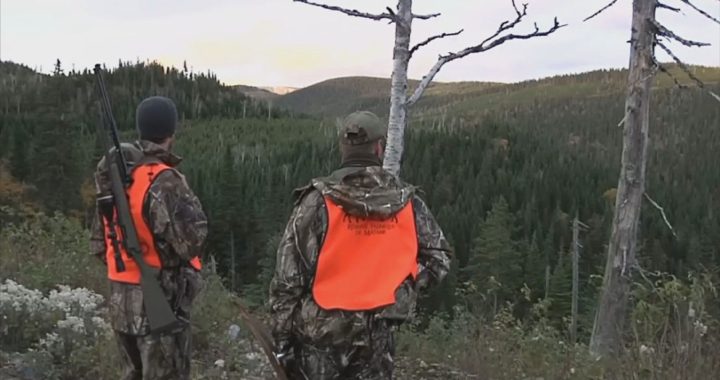The chief of Athabasca Chipewyan Nation in northern Alberta says more resources on the ground would have limited the damage caused by one of the worst wildfire seasons on record.
“The fire that happened in our community, it started within 6 km from the community – but within that 6 km if they had a fire suppression crew with a helicopter and everything, you would have men on the ground fighting that fire within 20 minutes,” said chief Allan Adam. “It never would have escalated to the size that it did.”
Canada’s Natural Resources minister doesn’t disagree with Adam. Jonathan Wilkinson said that’s why the federal government announced money to train people who live in communities near high-risk areas. The goal is to train 1,000 firefighters over the next four years to combat wildfires made more intense by climate change.
According to Wilkinson, Indigenous communities will receive priority funding.
“Those projects that are really about protecting Indigenous communities,” said Wilkinson, “And certainly those that look to incorporate Indigenous knowledge into the practices of training for the purpose of fighting fires will also be prioritized.”
Recent years have seen an alarming rise in wildfires around the world – and Canada is no exception.
According to Natural Resources Canada, the 2023 fire season saw a record 6,000 wildfires burn an area larger than Greece. That’s double the previous season set in 1989.
“When a wildfire starts to go, it creates its own temperature, it creates its own wind and it determines where it is going to go on its own,” said Adam. “And the only way to suppress that is to get that when the fire initially starts within the first 45 minutes.”
Adam said if the wind shifted when the fire was near the community – it might have been lost. Wilkinson said the money the federal government is ready to hand out will help with prevention as well.
“I think he’s right, prevention is extremely important,” said Wilkinson. “And it goes to how we are managing the forests, how we are managing the debris that exists on the floors of the forests. It goes to how we actually forecast lightning and those kind of things. So yes, we are doing some things, but I think we are going to need to do more.”
The training program, first launched in 2022, will fund projects including wildland firefighter training, community wildfire protection training and youth wildfire training.
Applications will be accepted until Feb. 1, 2024.










